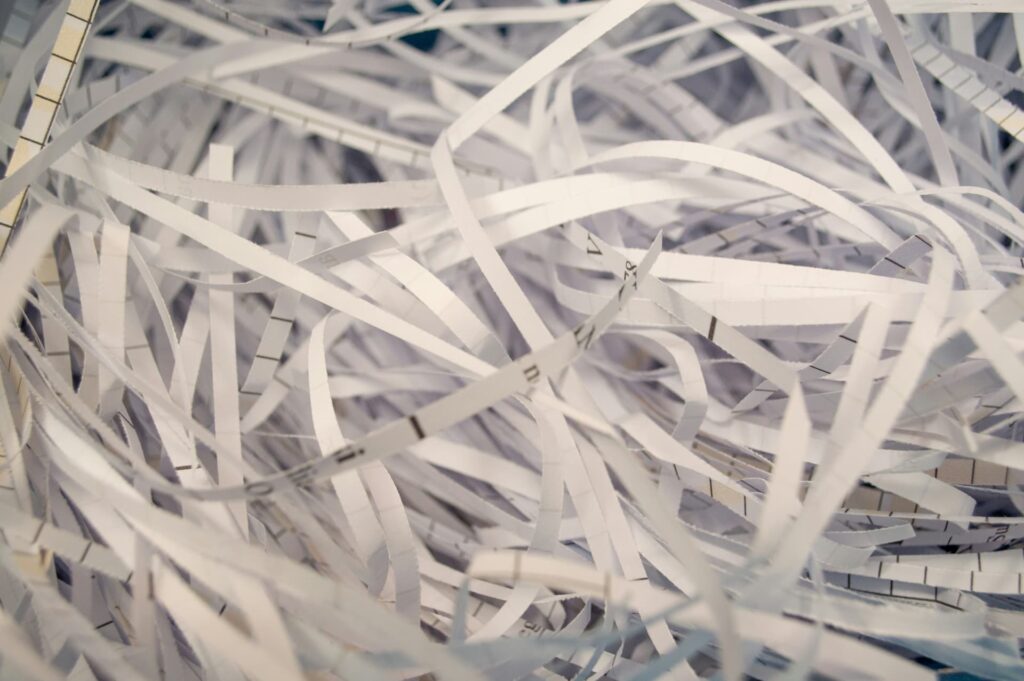How Document Digitisation Creates Sustainable Records Management
Document Digitisation keeps your data safe and secure and can allow you to drastically cut your carbon footprint. By removing the need to use paper in daily processes, Document Digitisation helps to provide a sustainable solution for managing your records.
An estimated 2% of the Earth’s greenhouse gases are the result of paper product consumption.
Here are just a few statistics on paper use today:
- It takes 1 tree to create 12,500 sheets of paper.
- The UK uses of 45 million trees per year to produce paper products.
- Average office workers use as much as 10,000 sheets of paper per year.
- Documents are copied and printed 19 times on average.
- As much as 50% of files are discarded due to printing errors and mistakes.
- As much as 20% of documents are misfiled or lost.
- Over 40% of copies are disposed within 24 hours.
- Paper makes up over 25% of solid landfill waste.
So how does Document Digitisation cut your carbon footprint?
No Need to Print Copies
Every time you need printed copies of documents to distribute for a meeting or to send by physical mail, it requires more and more resources. Not only time and money, but also the use of electricity in the production of paper copies and the paper itself.
With digitised documents, it only takes a right-click to make a digital copy making digitisation not only the more sustainable way to manage files, but also efficient and cost effective.
No Lost or mis-filed records
Digitisation services prevent lost and mis-filed records. If you lose, mis-file or damage any papers, the only real options are to either print a new copy.
When your documents are digitised and indexed, not only are your documents easily retrieved, but they can no longer be lost, and therefore there is no need for making or printing new copies.
No More Paper Archives
Keeping archives of your documents is a crucial part of document management, no matter the format. With extensive document retention laws, archiving can become an issue with space and compliance.
With a paper archive, the retrieval of files can be extremely costly to an organisation as well as time consuming. It also has an impact on the energy consumption of your building.
A digital archive this requires no space at all within your building and gives you instant access to any document 24/7. The energy consumption is much lower per document at just 0.2 tons C02eq for 100Gb of data sending and annual storage.
Recycling Old Papers
Documentation requiring confidential recycling is then securely shredded, ensuring total confidentiality. The paper is then bleached, pulped, and recycled, preventing the felling of trees for new paper.
What about data storage?
One A4 sheet of paper is estimated to generate 4.5g CO2eq in production alone but what about the equivalent carbon footprint of storing that data digitally?
We’ve been doing the maths.
Cull Paperless Solutions recently digitised 2,500 HR Files for a Construction Company, scanning a total number of 104,500 pages – the equivalent of 470,250kg or 470 tonnes CO2eq. Saving and storing this data in the cloud per year results roughly in a carbon footprint of about 0.1 tons (or 91kg) of CO2, based on the usual U.S. electric mix.
By volume, digitising your documents is the sustainable option. Keep an eye out for more on this topic as we explore the greener alternatives for document management.
Want to cut your carbon footprint?
Speak to one of the team today about Document Digitisation. Our experts will guide you on the best solution for your business.
Call Now: 0151 638 6000 for an instant quote.

